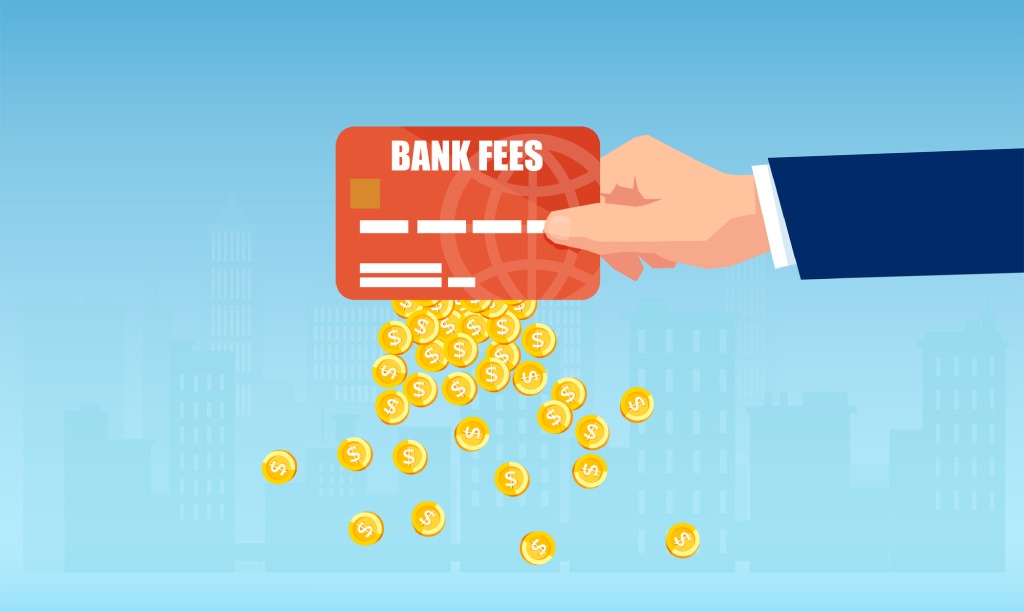
Credit card transaction fees are a necessary evil we all have to deal with.
Knowing the fees associated with every transaction makes choosing a credit card processing company a lot less daunting.
How?
For starters, you can avoid the scenario in which you overpay or get locked in with unfavorable terms. Even if the processor is transparent (which isn’t always the case), their services might not be right for you.
Read on to learn about credit card transaction fees and pick up some tips on how to choose a credit card processing company.
If you’ve ever felt lost when you saw a seemingly random percentage followed by a random dollar amount, you’re not alone. It’s not always easy to determine the fees at first because they depend on multiple factors.
These are the things you pay for each time you swipe a card:
There are two types of transactions that affect the interchange fee as the most varying fee, meaning the price can go up and down. Transactions are either:
Swipe transactions take place when you insert your customer’s credit card into a reader or complete the transaction through mobile payment. The transaction will be classified as a card not present transaction if you manually enter credit card information or if your customer pays you online.
Because of the greater fraud risk and the possibility of human error, CNP transactions are inherently riskier. Thus, swiped transactions are rewarded with significantly lower interchange fees.
What can you do about it?
It is perfectly fine to tell your customers that you prefer swiping cards at your retail store, but if you run an online business, this will be impossible. You should look for a processor who can cater specifically to your needs, and always enquire about rates for keyed-in transactions when you negotiate.
How processing fees are packaged is very important, and treading carefully during this step will help you avoid overpaying or choosing an unfavorable solution. Pricing models include:
The transaction volume will determine what model is best for you.
For many businesses, interchange plus is a great all-around solution. If you choose flat-rate, you will not be able to track the markup the processor may add to your payment. Despite the higher per-transaction costs, the benefit of no monthly fees makes it an ideal solution for businesses with a low volume of transactions.
A membership model, on the other hand, is more suited to high-volume businesses.
If none of these models seem to work for you, you can check out alternative options such as CashBack Processor. It does not charge monthly fees, nor does it charge sign-up fees.
CashBack Processor’s biggest advantage over traditional vendors is that it pays you 50% each month of the money they make from processing your transactions, which seems like a good way to save money while growing your business.
If you don’t study the pricing model you choose, it can be harder to understand an already complex set of fees that have a major impact on your processing costs.
Additionally, the transparency of your processor is key. The prices of your transaction can also be affected by a number of hidden fees, such as early cancellation fees, withdrawal fees, batch fees, or statement fees that are often hidden in the fine print.
With an understanding of how all of these fees interact and how pricing models can affect your entire experience, you will be able to find a processor that’s a perfect match for your business.